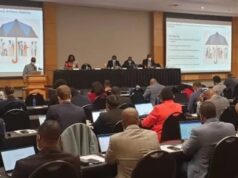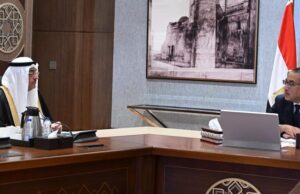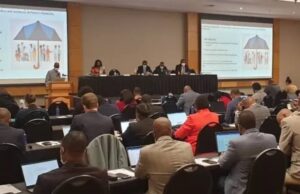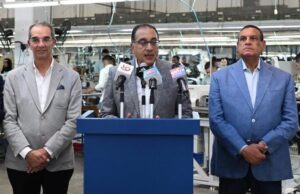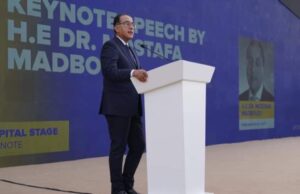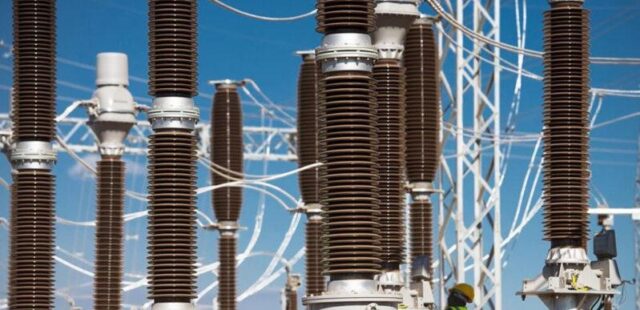
(3 Minutes Read)
NamPower has secured N$2.6 billion in funding from the World Bank to expand its transmission network and integrate renewable energy into the grid. The first-ever energy project funding from the Bretton Woods Institution will be for the Transmission Expansion and Energy Storage (TEES) Project which is intended to improve the reliability of the country’s transmission network and enable increased integration of renewable energy into the country’s electricity system.
This project serves as a major milestone in the development of the approximately 465km line, which will run from Auas transmission station outside of Windhoek to Kokerboom transmission station near Keetmanshoop, stated Kahenge Haulofu , MD, NamPower.The Auas-Kokerboom 400kV Transmission line will be the second 400kV line between these two substations which serves to increase NamPower’s north-south transmission capacity. The line will make use of the highly efficient 422 series of towers, utilising a compaction cross-delta conductor’s arrangement.
The project is structured around three components, which include the development of the second Auas-Kokerboom transmission line, the development of a utility-scale battery energy storage system facility, and technical assistance activities to support NamPower to develop bankable renewable energy projects and enhance the socio-economic benefits of their projects. The project will further support the development of a systematic socio-economic framework to support job creation, skills development, and female employment during the design and implementation of utility-led projects.
This transmission line will be key to unlocking increased access to Variable Renewable Energy within Namibia, as well as facilitate regional electricity trading. Further, our second utility scale Battery Energy Storage System (BESS) will be developed and integrated in our transmission network to support the development and uptake of renewable energy plants, Haulofu reiterated.
The Battery Energy Storage System, which will form part of the TEES Project will be connected to the Lithops Substation in the Erongo region. The envisaged size of the BESS will be 45MW/90MWh.Lithops was chosen as the location because it is located near a key load centre which mainly consists of large mines. As such the BESS can reduce inrush currents seen by the transformers when heavy mining equipment is operated.
The area surrounding Lithops is expected to be home to upcoming Solar Photovoltaic (PV) power plants with significant capacity. With this in mind, the BESS can store any excess energy produced by these plants with minimal grid losses.
Meanwhile, World Bank Country Director for Namibia, Satu Kahkonen, said the country is a uniquely positioned regional leader in the transition towards a greener. According to the World Bank, Namibia’s installed renewable capacity is just over 30% of total generation and the project’s investments to strengthen the power grid are critical to enabling the integration of more variable renewable energy sources in the system through grant funding from the IBRD Fund for Innovative Global Public Goods Solutions and the Green Climate Fund will be used for developing the second utility-scale battery storage facility in Namibia.
Read Also:
https://trendsnafrica.com/namibia-africas-second-fastest-growing-fdi-destination-kenya-leads/
https://trendsnafrica.com/two-hundred-thousand-namibians-benefit-from-eif-environmental-projects/
The project aims to minimise outage risks, support load growth, and unlock future opportunities for power trade in the Southern African Power Pool, further facilitating the integration of large-scale renewable energy in Namibia’s generation mix, enabling it to reduce imports, improve grid stability, and help manage its demand peaks.





